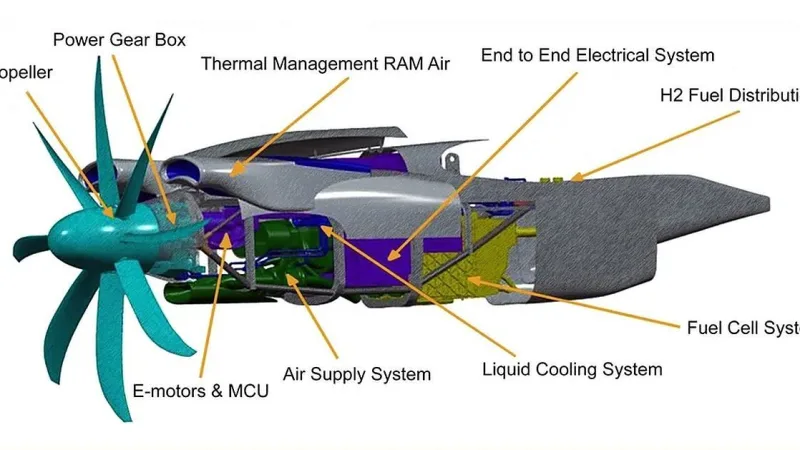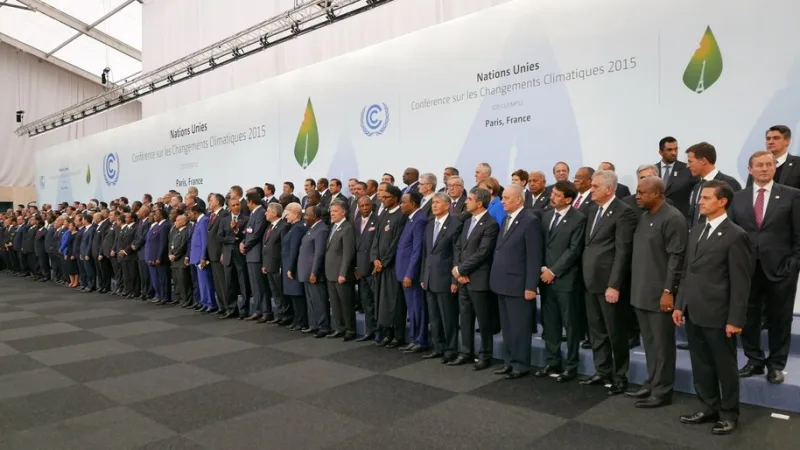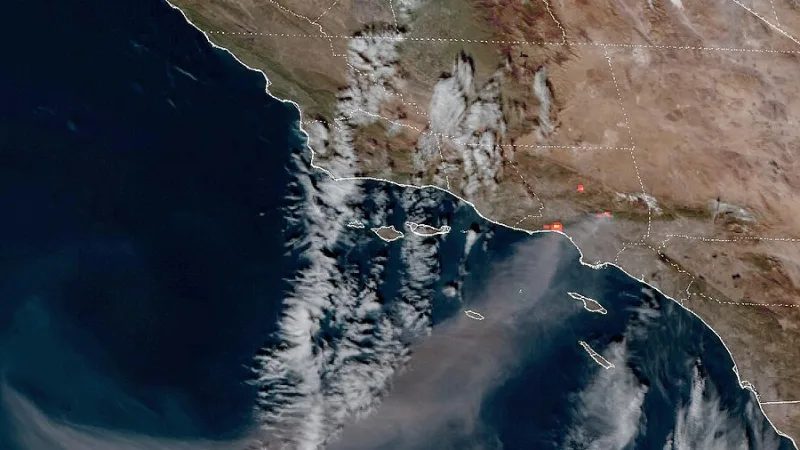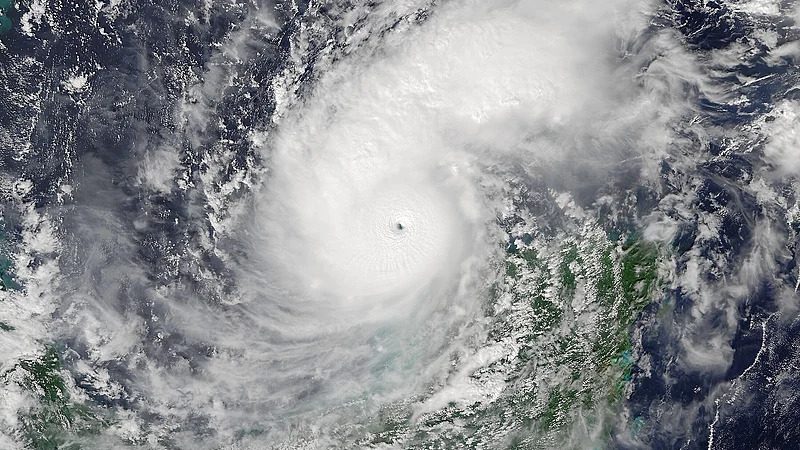2023 Sets New Highs for Billion-Dollar Climate Disasters, NOAA Reports
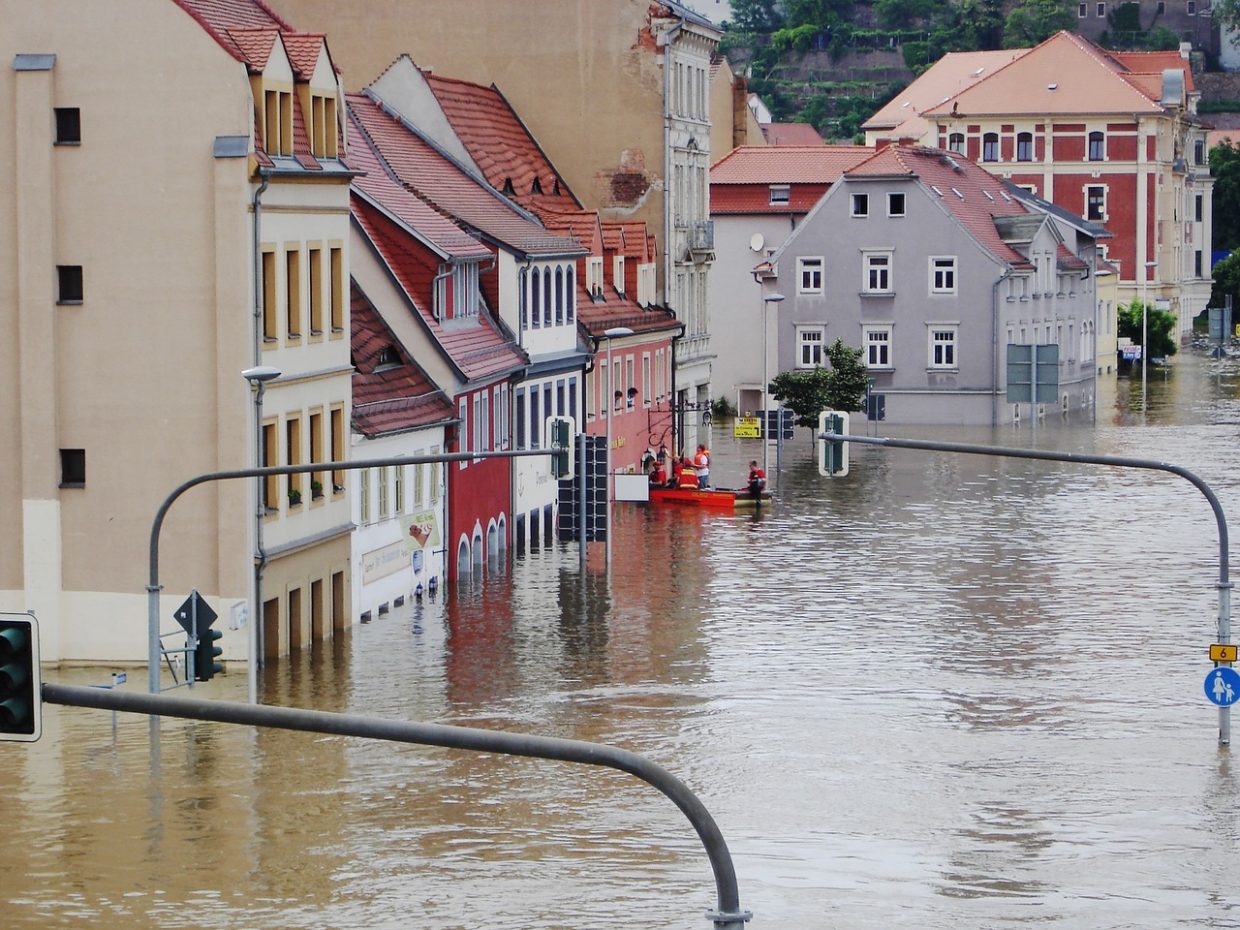
The National Oceanic and Atmospheric Administration (NOAA) has reported that 2023 is the worst year on record for billion-dollar climate disasters in the United States. This alarming information highlights the urgent need for action to address human-driven climate change and prevent the further intensification and frequency of extreme events.
2023’s Billion-Dollar Climate Disasters
According to the NOAA report, there have already been 23 weather or climate disasters in 2023 that caused at least $1 billion in estimated damages. With four months remaining in the year and the damages from recent disasters still being calculated, this number has already surpassed the record of 22 billion-dollar disasters in 2020. The list of disasters includes two flooding events, 18 severe weather events, one winter storm event, one wildfire event, and one tropical cyclone. It encompasses events such as the devastating wildfires in Maui, Hurricane Idalia hitting Florida, and a severe hailstorm in Minnesota. Tragically, these events resulted in 253 fatalities and costs exceeding $57.6 billion.
The Growing List of Disasters
It is important to note that the number of billion-dollar climate disasters is expected to increase further in 2023. The NOAA report identifies two recent events, Tropical Storm Hilary and drought conditions across the Midwest, as potential additions to this year’s list once final calculations are completed. These events have brought record-breaking rainfall, flooding, and agricultural challenges due to lack of rain.
Human Activity and Climate Change
The underlying cause of these extreme events is human activity and climate change. Numerous studies have consistently demonstrated the link between human activity and global warming. If immediate and drastic action is not taken to reduce emissions and pollutants or remove them from the atmosphere, experts warn that extreme events like storms, heat waves, cold snaps, flooding, and wildfires will continue to rise in frequency and severity. This has significant economic and human consequences, with the world’s poorest communities being disproportionately affected, despite contributing the least to the crisis.
While climate change undoubtedly plays a significant role in the increasing severity and frequency of these billion-dollar disasters, other factors also contribute to their impact. The location and construction of settlements and infrastructure, as well as the value of assets at risk, can amplify the consequences of these events.
A History of Costly Disasters
It is staggering to consider that there have been 371 weather and climate events in the United States since 1980 where damages or costs exceeded $1 billion when adjusted for inflation, totaling more than $2.615 trillion. These figures highlight the immense financial toll of climate disasters in the US and around the world.
Urgent and substantial action is necessary to address climate change and mitigate the growing risks posed by billion-dollar climate disasters. By taking proactive measures to reduce emissions, protect vulnerable communities, and adapt infrastructure, we can work towards a more resilient and sustainable future.
Recommended for you: Consecutive Days of Global Temperature Records Achieved during Fourth of July

